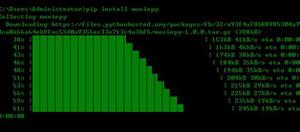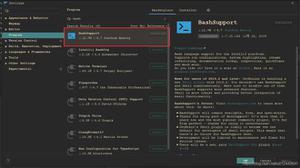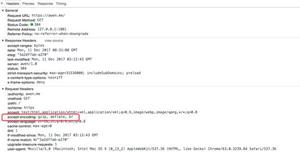尝试/使用Python请求模块的正确方法?
try: r = requests.get(url, params={'s': thing})
except requests.ConnectionError, e:
print e #should I also sys.exit(1) after this?
它是否正确?有没有更好的方法来构造它?这会覆盖我所有的基地吗?
回答:
看一下Requests 异常文档。简而言之:
如果出现网络问题(例如DNS故障,连接被拒绝等),请求将引发ConnectionError异常。
如果发生罕见的无效HTTP响应,则请求将引发HTTPError异常。
如果请求超时,Timeout则会引发异常。
如果请求超过配置的最大重定向数,TooManyRedirects则会引发异常。
请求显式引发的所有异常都继承自requests.exceptions.RequestException。
要回答你的问题,你显示的内容不会涵盖所有基础。你将只捕获与连接有关的错误,而不是超时的错误。
捕获异常时该做什么实际上取决于脚本/程序的设计。退出是否可以接受?你可以继续重试吗?如果错误是灾难性的,并且你无法继续操作,那么可以的是,有个调用sys.exit()。
你可以捕获基类异常,该异常将处理所有情况:
try: r = requests.get(url, params={'s': thing})
except requests.exceptions.RequestException as e: # This is the correct syntax
print e
sys.exit(1)
或者,你可以分别捕获它们并执行不同的操作。
try: r = requests.get(url, params={'s': thing})
except requests.exceptions.Timeout:
# Maybe set up for a retry, or continue in a retry loop
except requests.exceptions.TooManyRedirects:
# Tell the user their URL was bad and try a different one
except requests.exceptions.RequestException as e:
# catastrophic error. bail.
print e
sys.exit(1)
正如克里斯蒂安指出:
如果你希望http错误(例如401未经授权)引发异常,可以致电Response.raise_for_status。HTTPError如果响应是http错误,则将引发。
一个例子:
try: r = requests.get('http://www.google.com/nothere')
r.raise_for_status()
except requests.exceptions.HTTPError as err:
print err
sys.exit(1)
将打印:
404 Client Error: Not Found for url: http://www.google.com/nothere以上是 尝试/使用Python请求模块的正确方法? 的全部内容, 来源链接: utcz.com/qa/402076.html





